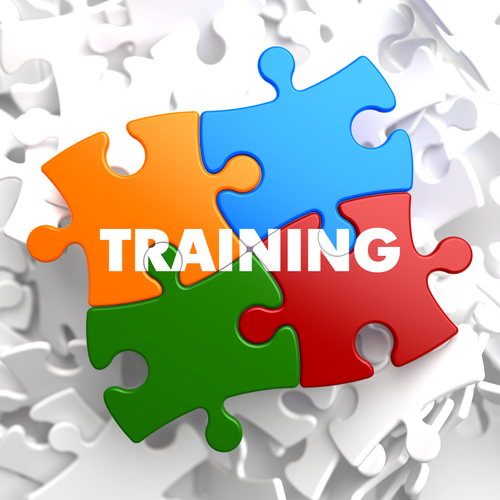In yesterday’s Advisor, we showed how to take a journalistic approach to training preparation by asking pertinent questions. Today, we look at 10 communication tips to make your safety—or any—training more effective.
 |
To recap: The Occupational Safety and Health Administration (OSHA) tells you what the content of training should be, but they don’t tell you how to conduct training so that you capture your employees’ interest and attention and get your important safety and health messages across. If you don’t engage your employees during training, one or more of your workers who wasn’t paying attention could walk out of a safety meeting and right into an accident.
Even if you assiduously go through all the preparation we recommended in yesterday’s Advisor, your efforts could be in vain if you don’t communicate effectively during the session. Follow these 10 essential communication tips to make your safety training more compelling:
1. Use everyday language. When you have to include technical terms, explain what they mean, and write them on a board or flip chart so that employees can see the words as well as hear them.
What is the most effective and cost-efficient way to provide safety training for your workforce? Try a demo of BLR’s remarkable TrainingToday® at no cost or obligation.
2. Take education and language proficiency into account. An employer must instruct its employees using both a language and vocabulary that the employees can understand. For example, if an employee does not speak or comprehend English, instruction must be provided in a language the employee can understand. Similarly, if the employee’s vocabulary is limited, the training must account for that limitation.
3. Keep your tone warm and friendly. Talk normally. Don’t lecture.
4. Maintain a comfortable pace and moderate volume. Don’t speed through or drag out your words. Speak loudly enough to be heard in the back row, but don’t shout.
5. Speak with firmness and conviction. Let your tone say that you believe what you’re saying is important. Remember, you’re trying to sell employees on the importance of the safety information you are communicating.
6. Be enthusiastic. Use your voice and body language to show you are glad you have the opportunity to talk about an important safety topic. If you seem bored or indifferent—or as if you’d rather be somewhere else—trainees will be, too.
7. Create team spirit. Use words like “we” and “our” rather than “the company,” “management,” and “employees,” whenever possible. Position safety as a group objective that everyone pursues together.
8. Make eye contact. Very important! Don’t just read your notes. Look up and around at the group as you talk. Try to make eye contact several times during the session with each trainee.
9. Combine words with demonstrations. Point to the machine guard or container label. Show how to lift properly. Demonstrate the proper technique for fit testing a respirator.
Try a demo of BLR’s remarkable award-winning TrainingToday® at no cost or obligation. This includes the Workplace Safety Library. Get the details.
10. Stay focused. Keep on-topic and on-track to ensure that you have time to cover your content and to prevent confusion about the real point of the training session.
